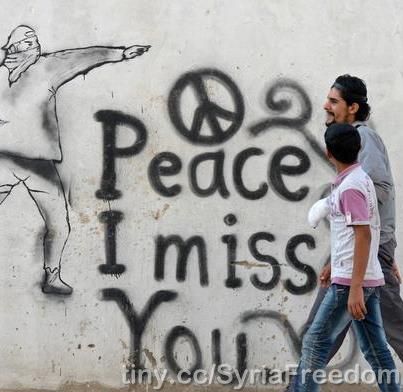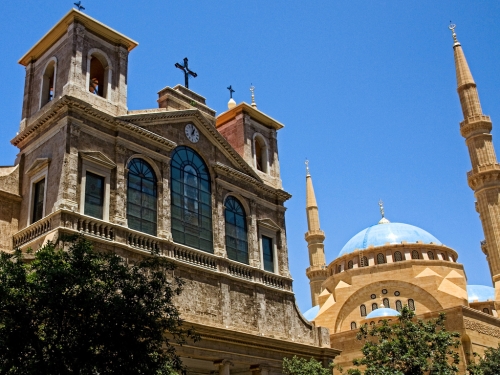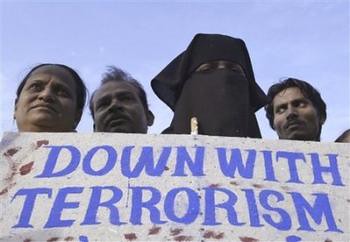
This article was originally published by IPI Global Observatory on 11 January 2016.
Countering violent extremism has become a cottage industry in both the global North and South, as Daesh (also known as ISIS) and other transnational armed terrorist groups continue to threaten the very foundations on which national and international peace and stability have rested for decades. For the countries of the Sahel-Sahara and North Africa regions, brutally affected by the scourge of violence, countering violent extremism (CVE) has been embraced as the new overarching framework for a continued pursuit of the “war on terror.”
Current Approaches and Limitations
Under the CVE umbrella, these countries have multiplied initiatives and adopted various measures both at the national and regional levels to address the roots of radicalization, violent extremism, and terrorism. Efforts based on increasing education and cultural outreach—such as training imams to counter radical Islamic teachings—have become common. Some countries, with the active participation of civil society organizations, have devised national action plans that include the organization of inter-religious and inter-communal dialogue, as well as awareness-raising campaigns aimed at encouraging citizen engagement in the prevention and the fight against violent extremism. Still others have included in their national CVE strategy the creation of socioeconomic opportunities for youth and other marginalized groups to prevent their radicalization.




